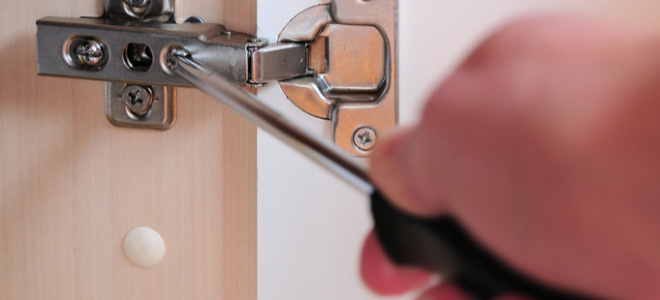In fact, modular buildings, prefabricated buildings and customized buildings are basically related to steel structures, and are all innovative construction methods of modern steel structure buildings.
Because steel structure buildings are processed and prefabricated in factories and transported to the site for installation, there is the term prefabricated buildings. Modular buildings are not only processed and prefabricated in factories, but also the entire space unit of the building is prefabricated into a module in the factory, even including various equipment, decoration and other supporting facilities, and then transport to the site to be combined like building blocks. After installation, it can be put into use. It is also a simpler and faster construction mode. Customized buildings and modular buildings are comparative. According to customer requirements, steel structure buildings of different specifications and configurations are customized. Of course, they also belong to prefabricated buildings, which can meet the needs of more different customer groups.
Modular buildings and customized buildings are both prefabricated steel structure buildings. The common point is that they all need to be processed and prefabricated in factories and transported to the site for installation.
From the above concepts, it can be seen that there are certain differences between modular buildings, prefabricated buildings and customized buildings. It is mainly reflected in the following aspects:
1. Different composition methods: Modular buildings are assembled into unit spaces in factories, similar to small houses, and are generally equipped with various equipment or decorations. Customized buildings are processed into various components according to drawings, such as steel columns, steel beams, purlins, etc., and then installed after being transported to the site. Decoration is of course carried out after installation. Usually, the prefabricated buildings we refer to are generally customized buildings.
2. Different transportation and installation methods: The prefabricated components of customized prefabricated buildings are usually small in size and light in weight, which are relatively convenient to transport, but the number is large, and loading and unloading are relatively troublesome. A professional installation team is required on site for installation, which is relatively complicated and the installation cost will be higher.

3. The module size of modular buildings is large, and special equipment and technology are required for transportation and installation, but the number is relatively small. The transportation cost is relatively high, but the on-site installation is relatively simple and the installation cost is low.
4. Different quality control: The production specifications of customized prefabricated building components are not certain, and the factory processing is relatively complicated, so the processing cost is relatively high. Quality is not easy to control, and on-site installation is prone to problems. Modular buildings are basically standardized in specifications and are basically prefabricated and installed in factories, so the quality is easier to guarantee.
5. Different application scenarios: Customized prefabricated buildings are suitable for construction projects of various types and sizes, including residential, commercial, industrial, public buildings, etc. Modular buildings are more commonly used in projects with high construction speed requirements and relatively fixed spatial layouts, such as hotels, dormitories, temporary buildings, etc. The container houses we often see are a standard modular building.
Whether it is customized or modular, steel structure prefabricated buildings will have different needs in the future, bringing a more convenient experience to our lives.







